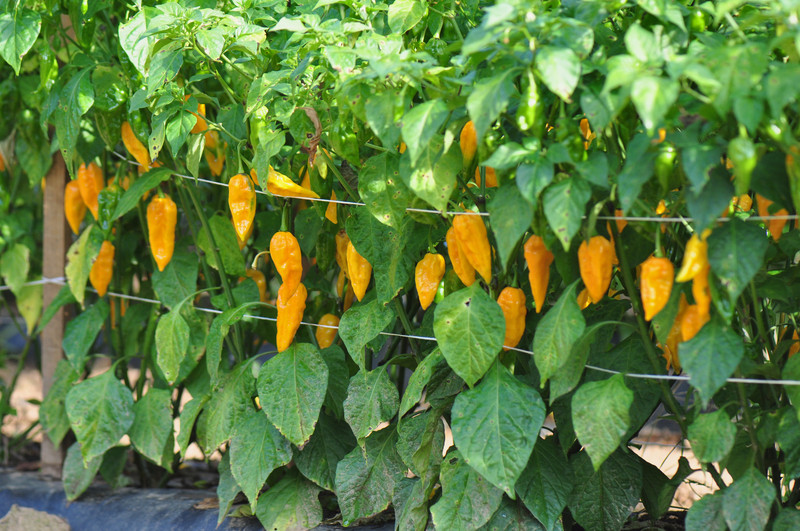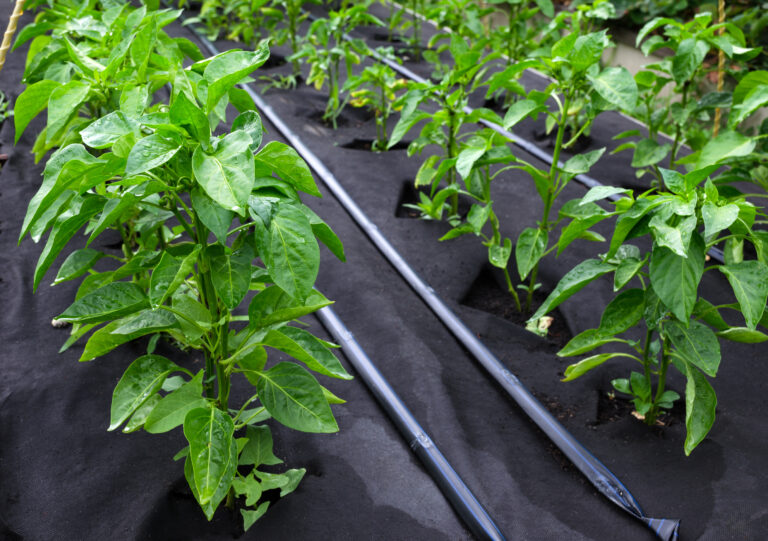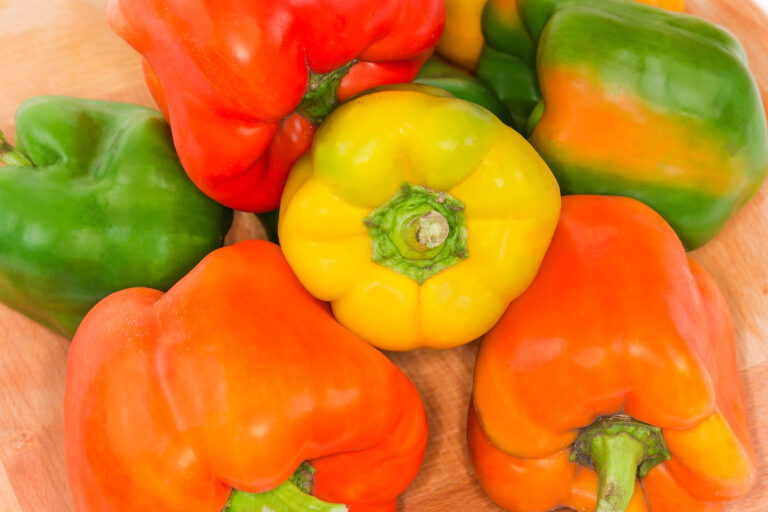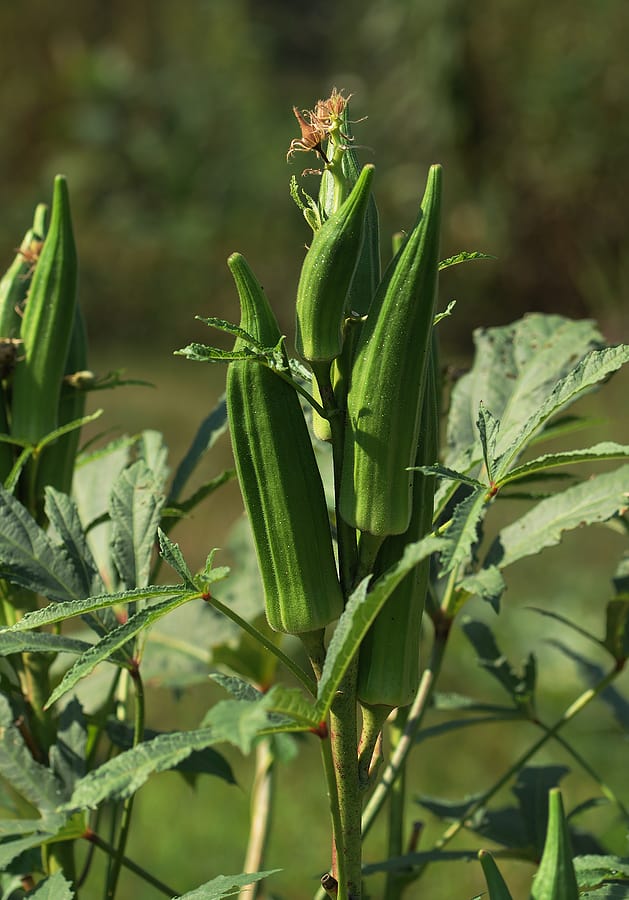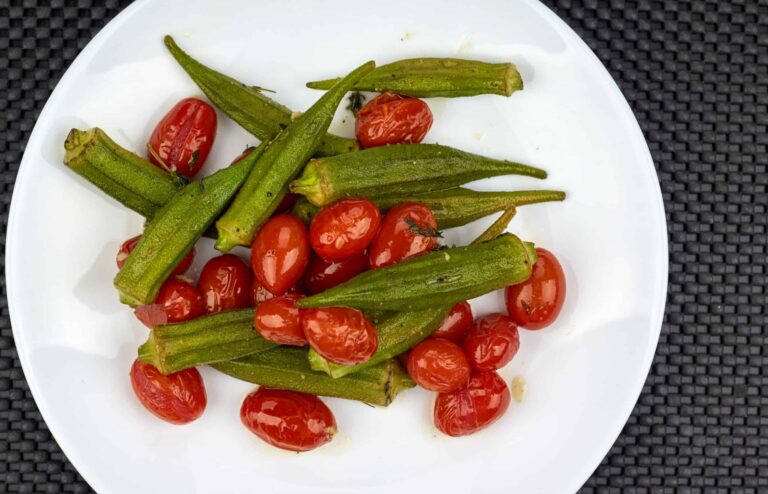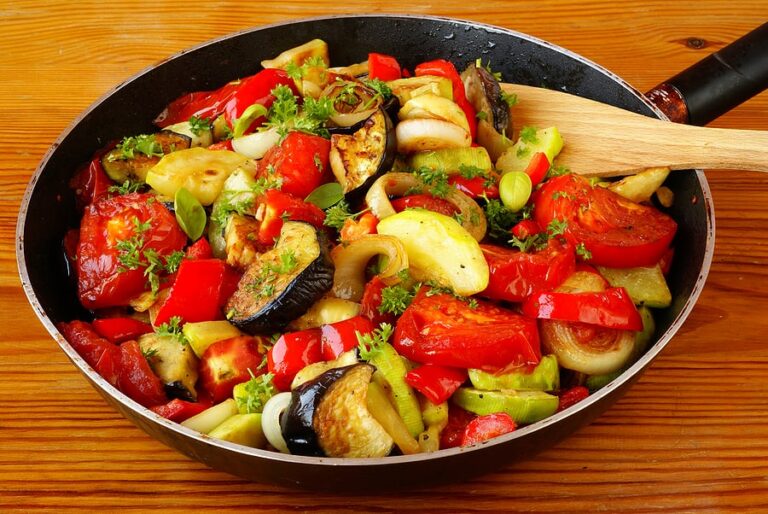When to Harvest Hot Peppers for Maximum Heat
Through years of growing and experimenting with hot peppers, I’ve learned that timing is everything when it comes to harvesting for maximum heat. If you’ve ever wondered why some peppers pack a fiery punch while others seem mild, the secret lies in when you pick them. I’ve tested different harvest stages, from immature green pods to fully ripe peppers, and I’ll share the insights I’ve gained to help you get the most heat from your homegrown chilies.
Understanding Pepper Heat and Ripeness
The heat in hot peppers comes from capsaicin, a compound concentrated in the pepper’s placenta (the white membrane inside). As peppers mature, their capsaicin levels increase, which means that timing your harvest can significantly impact their spiciness. Generally, the longer you leave a pepper on the plant, the hotter it gets. But there are other factors—like variety, weather, and growing conditions—that can also influence heat levels.
Hot pepper harvest
Hot peppers can be picked at any time–any size or color–for fresh use; hot peppers for drying or pickling should be picked when fully ripe. Hot peppers commonly get hotter as they mature.
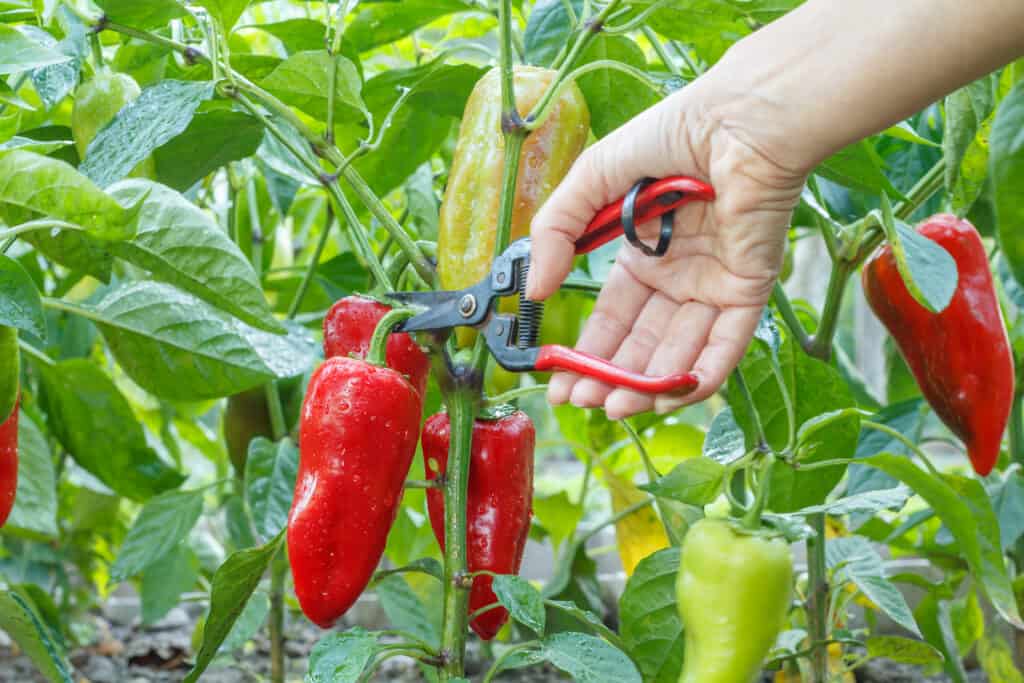
When to Harvest Different Types of Hot Peppers
Not all hot peppers ripen the same way. Some change color dramatically, while others deepen in flavor and heat without a noticeable shift. Here’s what I’ve learned about harvesting different types of hot peppers for peak spiciness:
1. Jalapeños
Jalapeños start green and eventually turn red as they ripen. While green jalapeños have a crisp texture and mild to moderate heat, red jalapeños are noticeably spicier and sweeter. If you want maximum heat, wait until they turn fully red. Look for ‘corking’—those small white lines on the skin—which indicates that the pepper is mature and likely to be spicier.
Best Harvest Time for Heat: When fully red, with some corking visible.
2. Habaneros
Habaneros are one of my favorite peppers to grow for heat. They start out green and ripen to bright orange, red, or even chocolate brown, depending on the variety. The longer you leave them on the plant, the hotter they become. Fully ripe habaneros not only have the most heat but also develop their signature fruity undertones.
Best Harvest Time for Heat: When fully colored (orange, red, or brown) and slightly wrinkled.
3. Cayenne Peppers
Cayenne peppers are typically harvested when they turn deep red, as this is when their heat level peaks. However, if you pick them while still green, they’ll be milder and slightly grassy in flavor. I’ve found that cayenne peppers left to dry on the plant get even spicier, making them perfect for homemade chili flakes.
Best Harvest Time for Heat: When deep red and slightly wrinkled.
4. Ghost Peppers (Bhut Jolokia)
Ghost peppers are notorious for their intense heat, but their spiciness depends heavily on ripeness. Immature green ghost peppers are much milder, while fully ripe red, orange, or chocolate ghost peppers deliver their maximum heat. I’ve tested ghost peppers at different stages, and the fully ripe ones always have the most fiery intensity.
Best Harvest Time for Heat: When fully colored (red, orange, or chocolate) and slightly soft to the touch.
5. Thai Chili Peppers
Thai chili peppers are small but pack serious heat. They start green and ripen to bright red, with the red ones being significantly spicier. I often pick a mix of green and red to balance heat levels in cooking, but for maximum spiciness, always go for fully red peppers.
Best Harvest Time for Heat: When bright red and firm.
6. Serrano Peppers
Serranos are similar to jalapeños but tend to be hotter. They start green and turn red, orange, or yellow as they mature. Red serranos are noticeably hotter than their green counterparts and also have a richer, slightly smoky flavor.
Best Harvest Time for Heat: When fully colored (red, orange, or yellow) and slightly softened.
7. Carolina Reaper
As the world’s hottest pepper, Carolina Reapers demand respect. They start green and ripen to a blistering red or yellow, with peak heat arriving at full ripeness. If you’re growing these, be sure to wear gloves when harvesting to avoid skin irritation from their extreme capsaicin levels.
Best Harvest Time for Heat: When fully red or yellow and slightly wrinkled.
Factors That Influence Pepper Heat
Beyond just waiting for full ripeness, there are other ways to maximize the heat of your hot peppers:
1. Stressing the Plant
Mild stress—such as reduced watering—can increase capsaicin production. I’ve noticed that peppers grown in slightly drier conditions tend to be hotter than those in well-watered soil.
2. Sun Exposure
Hot peppers develop more capsaicin when exposed to plenty of sunlight. I always plant mine in full sun to ensure they get the best possible heat levels.
3. Soil Nutrients
A balanced fertilizer with lower nitrogen and higher phosphorus and potassium helps peppers reach their full potential. Too much nitrogen leads to lush foliage but less heat in the fruit.
4. Post-Harvest Ripening
If you pick peppers slightly before they’re fully ripe, leaving them at room temperature for a few days can help them reach peak heat. I’ve tested this with cayennes and habaneros, and they continue to develop flavor and heat off the plant.
How to Store and Use Your Hot Peppers
Once you’ve harvested your peppers at peak heat, you’ll want to store them properly to maintain their spice levels:
- Fresh Use: Store in the refrigerator for up to two weeks.
- Drying: Hang peppers in a well-ventilated area or use a dehydrator. Dried peppers concentrate their heat and are great for making chili powder.
- Freezing: Chop and freeze hot peppers to use in cooking all year round.
- Fermenting: Fermented hot peppers make excellent hot sauce with deep, complex flavors.
Hot Pepper Heat
Hot peppers are rated by their heat–called Scoville heat units (SHU). The greater the number of units on the Scoville scale the hotter the pepper. Here are several hot pepper varieties starting with the hottest (all of these will cause most people discomfort when eaten):
- ‘Bhut Jolokia’ (also called ‘Ghost Pepper’): 1,001,304 SHU (100days)
- ‘Scotch Bonnet’: 100,000-580,000 SHU (120 days)
- ‘Habanero’: 100,000-500,000 SHU (90-100 days)
- ‘Jamaican Hot’: 100,000-200,000 SHU (95 days)
- ‘Chiltepin’: 100,000 SHU (95 days)
- ‘Thai’: 50,000-100,000 SHU (90 days)
- ‘Cayenne’: 30,000-50,000 SHU (72 days)
- ‘Aji’: 30,000-50,000 SHU (85-90 days)
- ‘Tabasco’: 30,000-50,000 SHU (80 days)
- ‘Serrano’: 8,000-23,000 SHU (75-80 days)
- ‘Mirasol’: 5,000 SHU (100 days)
- ‘Jalapeño’: 2,500-9,000 SHU (75 days)
Final Thoughts
Knowing when to harvest your hot peppers can make all the difference in their spiciness. Over the years, I’ve experimented with different picking times, and I always find that waiting until full ripeness brings out the best heat. If you’re looking to maximize the fiery kick in your homegrown chilies, be patient, let them ripen fully, and try a few stress techniques to intensify their capsaicin levels.
What’s your favorite way to harvest and use hot peppers?
🌶 Peppers Growing Hub
Start here:
- How to Plant and Grow Hot Peppers: A Gardener’s Guide to Spicy Success
- How to Grow Sweet Peppers: A Gardener’s Guide to a Bountiful Harvest
Getting Peppers Started (general prep)
- Seed Starting Peppers: Proven Method for Strong, Healthy Plants
- Soil Preparation for Peppers: The Secret to Strong Roots and Big Harvests
- Best Hot Pepper Varieties to Grow for Salsas, Sauces, and Drying
- Best Sweet Pepper Varieties to Grow
- World’s Hottest Peppers You Can Grow in Your Garden
- The Science of Pepper Heat: Understanding Scoville Units
- Growing Peppers Indoors Under Lights
- Companion Planting with Peppers: Best and Worst Neighbors in the Garden
Planting & Growing Peppers
- When and How to Transplant Pepper Seedlings Outdoors
- 10 Steps to Grow a Bumper Pepper Crops
- How to Grow Hot Peppers in Containers: Tips for Small Spaces
- 7 Tips for Growing Peppers in Pots
- How to Grow Colored Bell Peppers: How to Get Reds, Yellows, and Oranges
- Cross-Breeding Hot Peppers at Home: A Beginner’s Guide
- How to Water & Fertilize Sweet Bell Peppers for Maximum Yield
- Pruning Pepper Plants for Healthier Growth and Bigger Harvests
- Six Tips to Grow Peppers for Flavor
- Pepper Season Extension & Overwintering: How to Keep Plants Producing Longer
Pepper Care & Troubleshooting
- Pepper Pests, Diseases, and Problems—How to Fix Them Naturally
- Caring for Peppers: Mid-Season Problem Cures
- How to Increase the Heat of Hot Peppers Naturally
- Overwintering Pepper Plants Indoors
- How to Overwinter Pepper Plants in Any USDA Zone
Harvesting & Preserving Peppers
- When to Harvest Hot Peppers for Maximum Heat
- How to Harvest Sweet Peppers for the Best Flavor
- How to Preserve Hot Peppers: Drying, Fermenting & Pickling
- How to Ripen Green Peppers Indoors
- Saving Pepper Seeds for Next Year’s Crop
Cooking & Using Peppers
- Preparing and Serving Sweet Peppers – Harvest to Table
- Five Ways to Cook and Serve Chili Peppers
- Stuffed Peppers: Best Varieties for Cooking
- Cooking with Hot Peppers: Flavor & Safety Tips
- How to Handle Hot Peppers Without Burning Your Skin
Books to help you grow:

